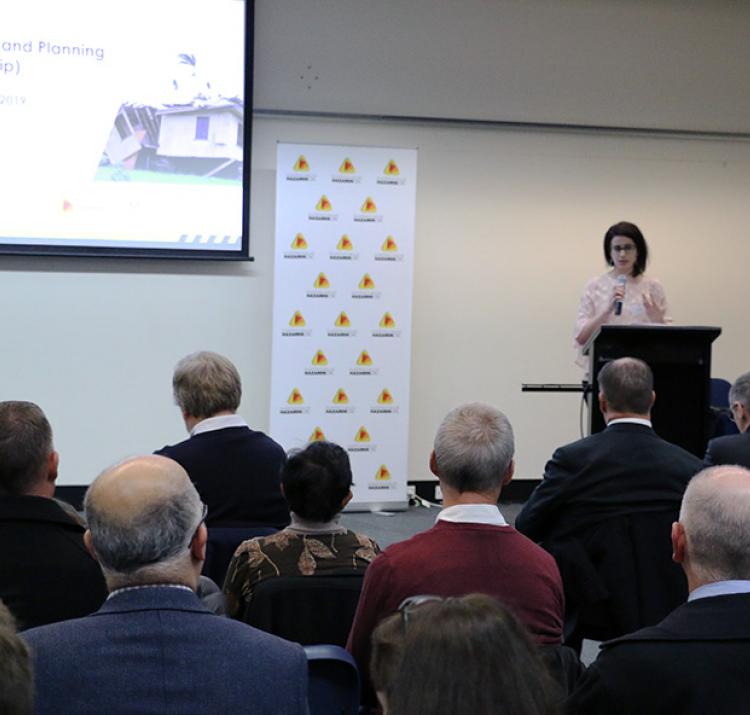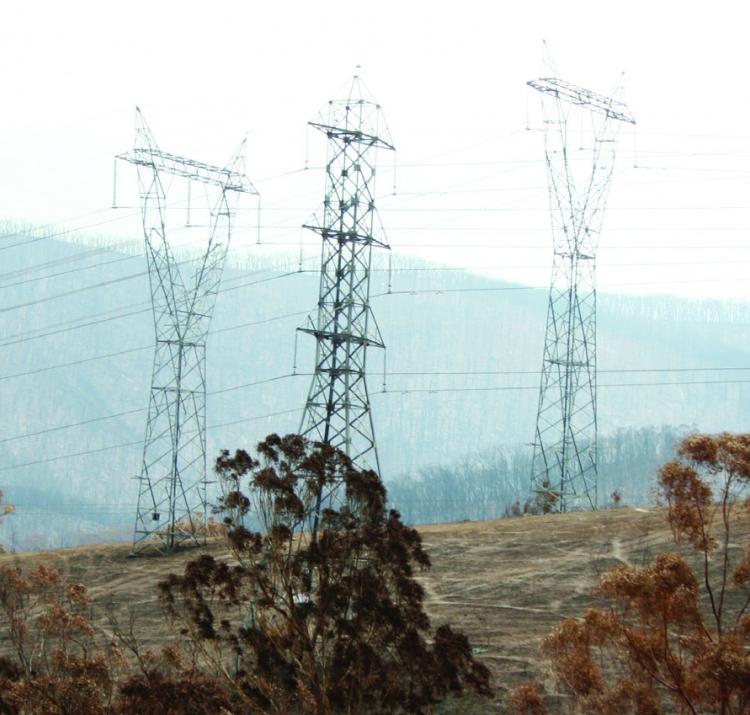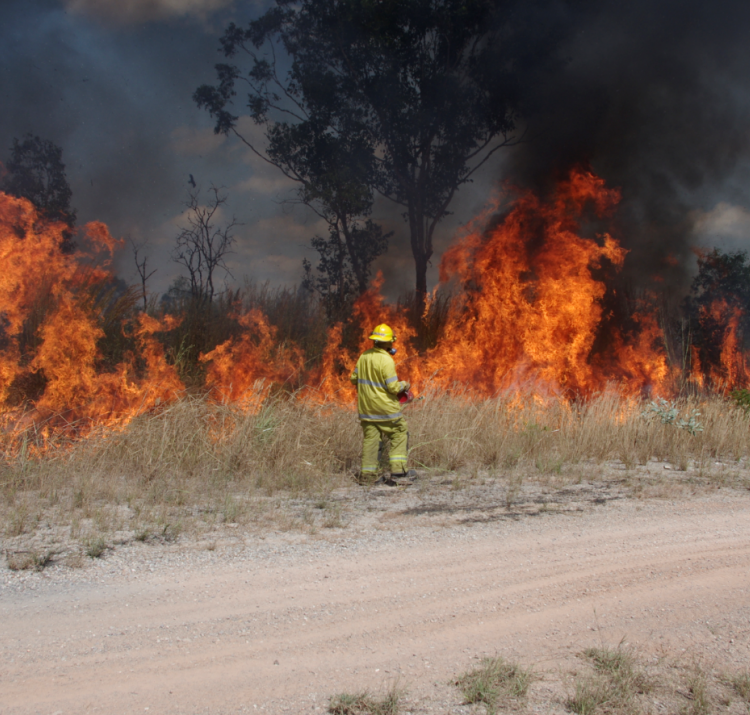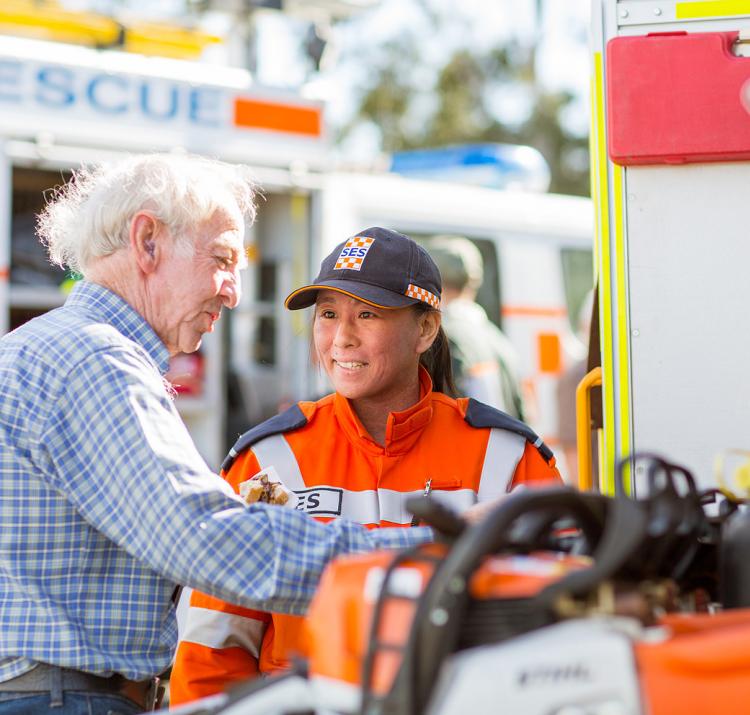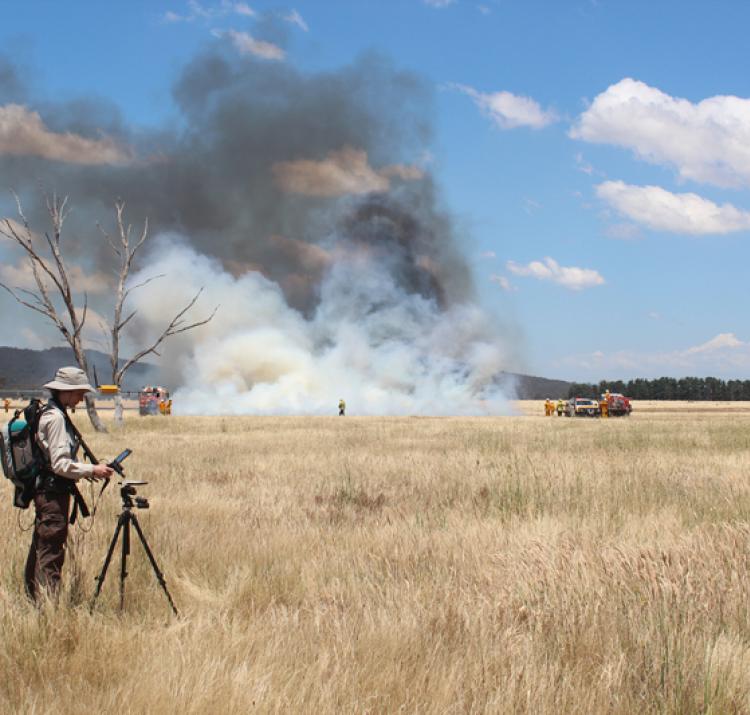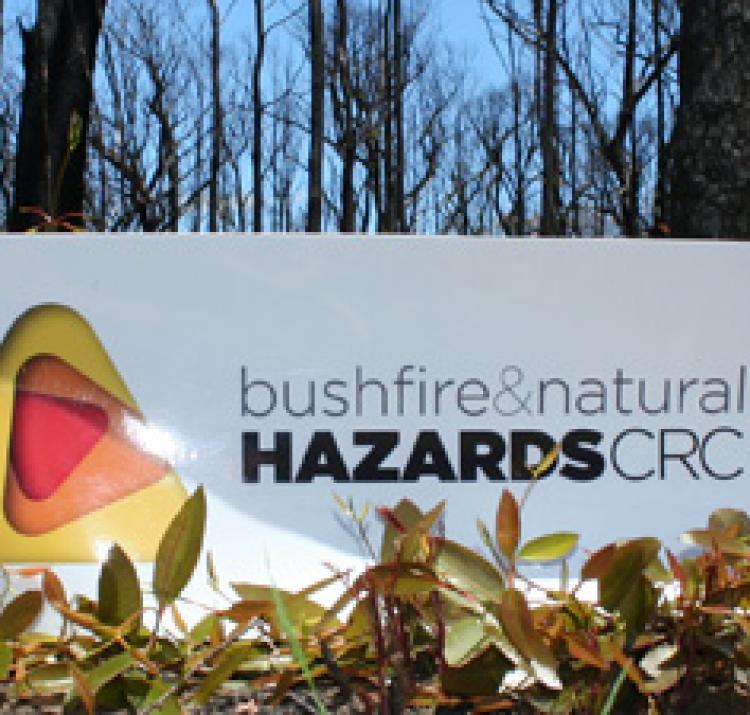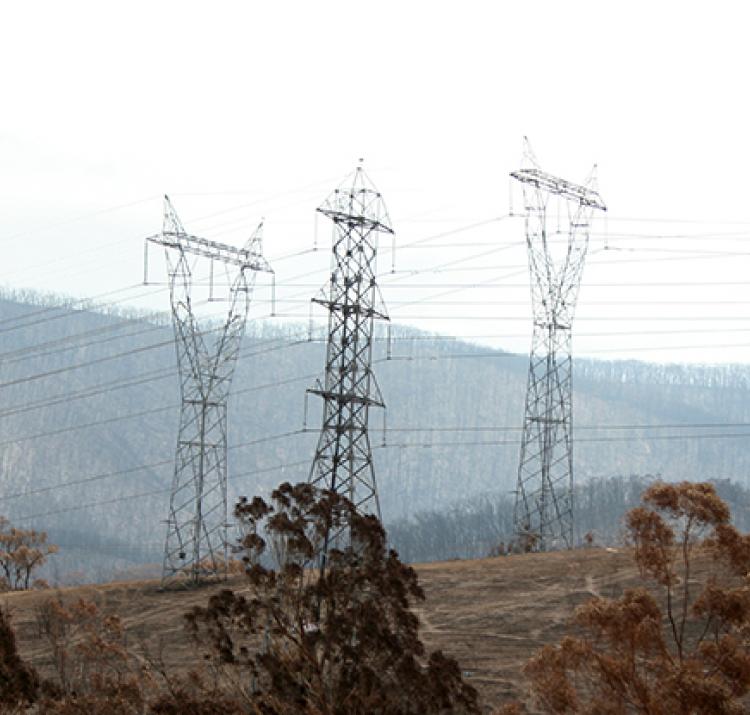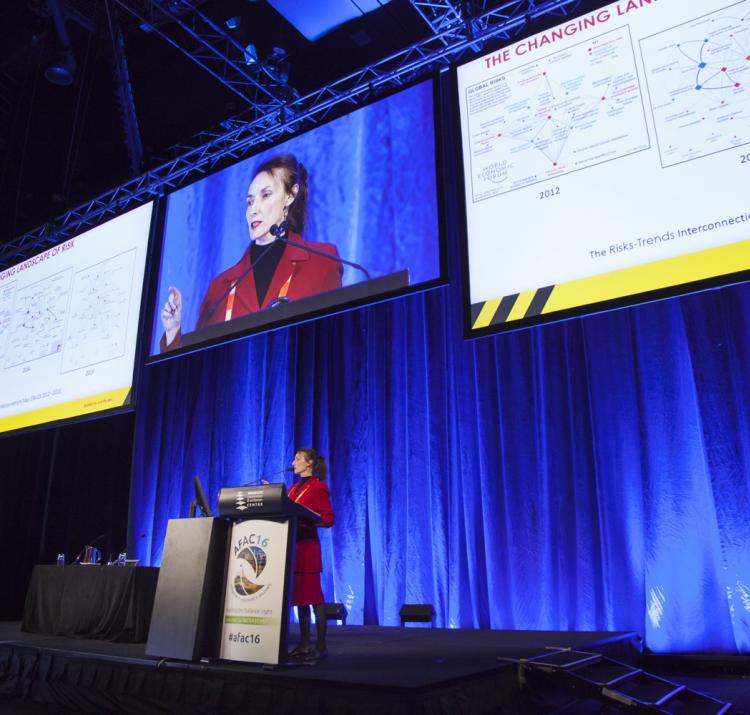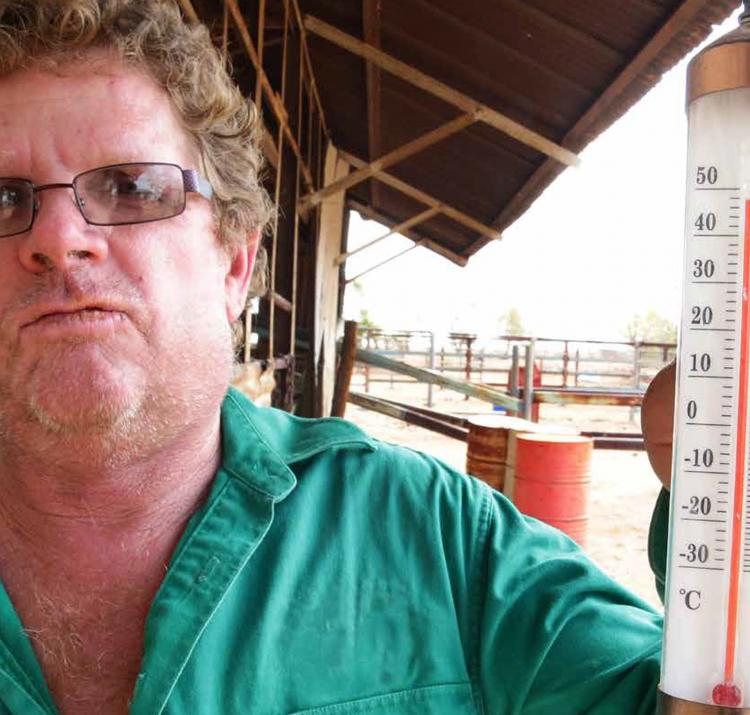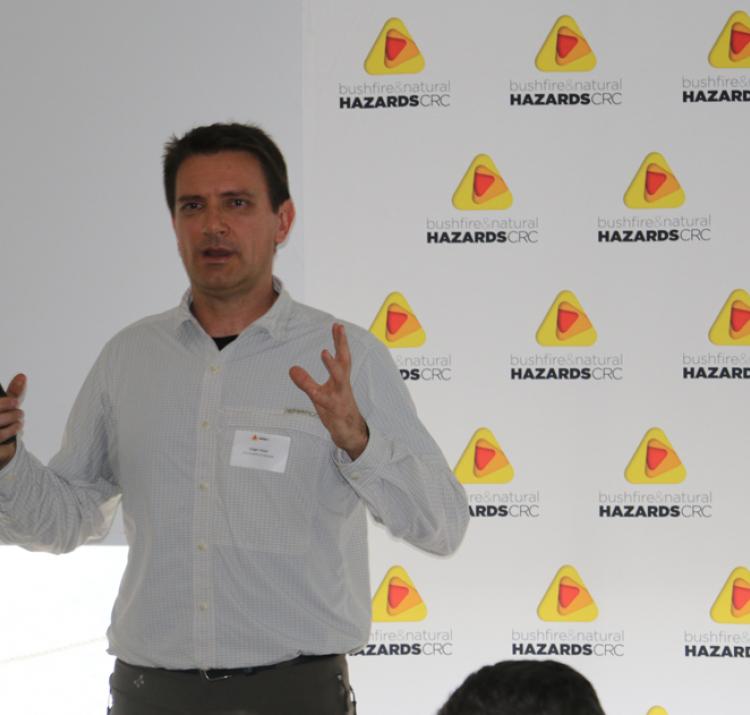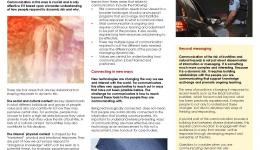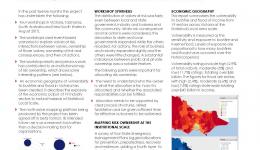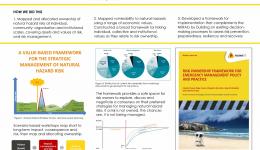Research leader
Research team
End User representatives
Current government spending on natural disaster response is more than 20 times the spending on preparedness. Many climate-related natural hazards are increasing, along with the number of people living in hazard-prone areas. Large natural disasters also cross domains, moving from the private to the public realm, and shifting from a local, to a state or national concern. This raises the potential of future, unmanaged risks.
The spending mismatch is well understood, but potential deficits in important social and environmental values are also faced that may not be adequately compensated. If a risk is owned, then the balance between preparedness and response can be assessed. If the risk is un-owned, these values may be damaged and degraded, or lost.
The project mapped a broad range of economic, social and environmental values and related them to natural hazards across several case studies. It explored who owns these values and what happens when they cross domains, as well as how a range of alternative strategies may contribute to improved resilience by sustaining economic, social and environmental values in a changing environment.
Four decision making areas were identified where risk ownership can be assessed as part of strategic decision making.
- Risk ownership was found to show an imbalance between the public and private sectors, which is potentially unsustainable. In particular, allocation for state and local government was considerably higher for risk and consequences and risk actions than was for the ownership of values at risk.
- Coordination between contributing agencies and agendas is needed to clarify ownership and support more effective management of activities and use of resources. Risk ownership in areas contributing to resilience and risk reduction were found across multiple agencies and agendas. This was particularly the case in agencies who work with regional and community development and climate change adaptation. Coordination between contributing agencies and agendas is needed to clarify ownership and support more effective allocation and use of resources.
- Risk ownership relevant to strategic decision making is ill-defined, particularly for longer term activities focusing on recovery and resilience building. No long-term (two or more years) policy, plans or strategies for environmental or social recovery to natural hazards were found.
- Knowledge gaps were found across long-term strategic horizons (two or more years) in relation to mapping and identifying ownership of risks and consequences, and resilience and recovery activities – particularly for flood and heatwave hazards, and for social and environmental values.
To assist decision-makers, emergency managers and planners, the team developed a governance framework to support better understanding of risk ownership. The next stage of utilisation will involve training for practitioners on the best way to use the framework for their needs.
Achieving effective risk ownership requires a common understanding of how risks are changing and consensus and acceptance around who owns these risks and how they own them. This research goes beyond simple linear approaches, to a more adaptive and flexible approach focused on what values are identified as most important by risk owners.

















